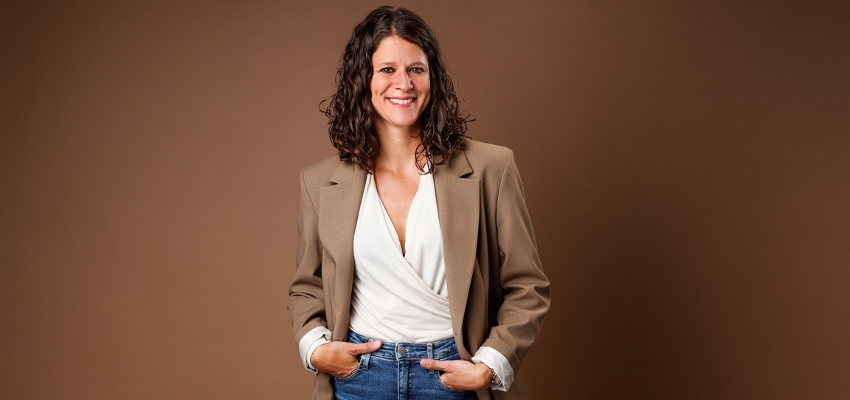
Shira Leffel of Smartclip: Redefining Adtech with a Bold Website Redesign
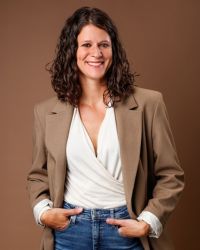
“Smartclip website redesign” reimagines how adtech is communicated—transforming complex technology into a dynamic, human‑centered experience. By moving away from adtech’s complex flow chart comfort zone toward immersive 3D motion graphics and personal storytelling, smartclip makes its proprietary technology tangible and compelling in a crowded industry.
Award: Winner in Websites / Online Media (C2A)
Project: smartclip website redesign
Firm: smartclip
Lead: Shira Leffel
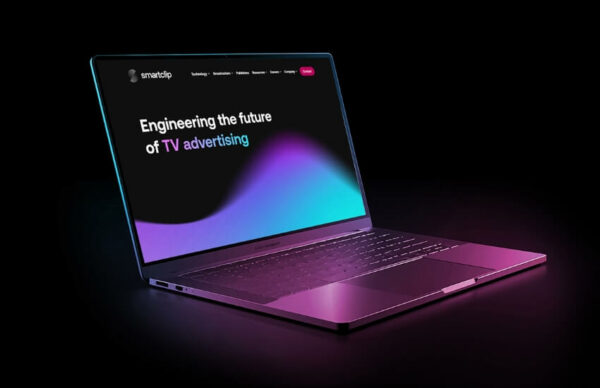
1. Your career path spans humanitarian aid to marketing leadership. How has this journey influenced your approach to creative storytelling?
Shira Leffel: I have an unconventional background — starting in humanitarian aid, working in some of the world’s most precarious regions, before transitioning to marketing. My journey began at 21 when a newspaper advert led me to volunteer in Africa, setting off over a decade of humanitarian service across four countries.
After years in high-intensity environments, I was ready for a change. A chance opportunity in advertising rekindled my passion for words and storytelling, the same pull that drew me into humanitarian work when I spotted that newspaper advert. What started as ad copywriting evolved into a career in marketing leadership. Over the past decade, I’ve led teams of designers, writers, and marketers, specialising in transforming complex technology into compelling, marketable stories.
Today, I’m VP of Marketing at smartclip, the adtech business of RTL Group, where I help Europe’s largest broadcasters navigate the evolving digital landscape — keeping them independent and competitive against tech giants — while also enabling ad-funded models that defend the open internet and democratise access to premium content.
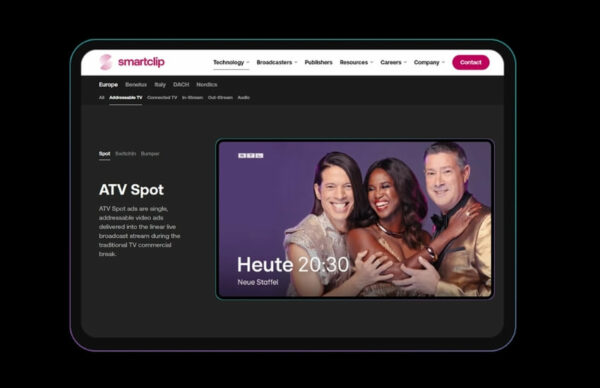
2. What brief did you give your team for the smartclip website redesign, and what were the core objectives?
Shira Leffel: I tasked the team with reimagining our brand identity — one that truly reflects who we are today and where we’re headed. Our business has evolved, and our brand needed to evolve with it. The goal was to create a bold, future-forward identity that not only distinguished us in a crowded industry but also made adtech tangible — transforming something inherently complex into something visually and emotionally compelling.
We set out to break away from conventional adtech marketing, moving beyond overly complicated flowcharts and abstract concepts to a more dynamic and human-centred approach. At its core, this project wasn’t just about branding; it was about reimagining how we tell our story in an industry that often overlooks creativity.
3. What inspired you to make adtech feel dynamic, human, and tangible?
Shira Leffel: Our project was inspired by a need to bridge the gap between technology and storytelling. Adtech is inherently complex, hidden behind layers of code, yet it plays a crucial role in shaping the future of media. We wanted to break away from traditional, flat, overly complicated visuals and bring adtech to life in a way that felt dynamic, human, and tangible.
Beyond that, the project was driven by change — our company had evolved, and our brand needed to evolve with it. We saw this as an opportunity not just to refresh our visual identity, but to rethink how adtech is communicated altogether.
4. What were the biggest challenges you encountered, and how did you overcome them?
Shira Leffel: Competition, costs, and tight timelines were constant challenges. We had to compete with larger brands on limited budgets, so we leveraged design as our differentiator. Instead of complex flowcharts, we created a consumer-style visual language using 3D animations and immersive visuals.
Tight deadlines — including my upcoming maternity leave — required an agile, parallel workflow. We aligned internal and external teams around clear design principles, enabling us to deliver a cohesive, impactful redesign on time and within budget.
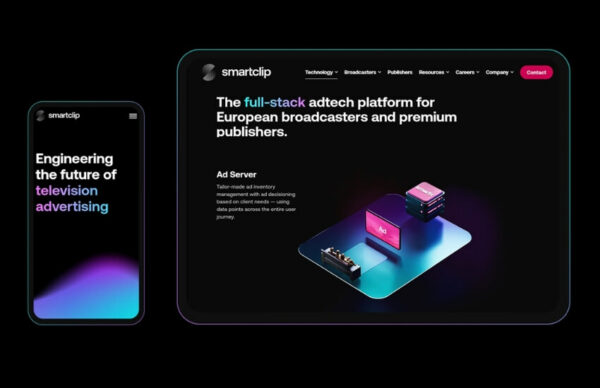
5. How did your passion for communication design develop, and how has it evolved?
Shira Leffel: My passion for communication design stems from storytelling’s power to make complex ideas accessible. Writing has always been a constant thread in my life, whether drafting humanitarian opinion pieces or ad copy. When I transitioned into advertising, I became fascinated by how copy and design work together to create meaning and evoke emotion.
Today, I specialise in translating complex technology into clear, tangible concepts — ensuring that design and communication not only inform but also drive action.
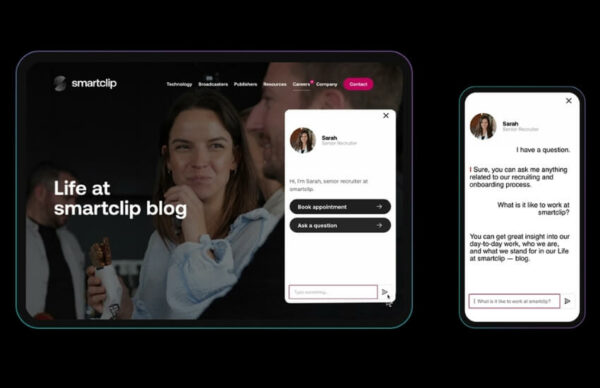
6. How do you stay current on trends like AI, and what impact do you see on creativity?
Shira Leffel: I engage with industry literature, attend conferences, and encourage my team to experiment with new tools. AI automates tasks, streamlines workflows, and enables faster content production — but it’s an enhancer, not a replacement for human creativity. Its true power lies in freeing creative teams to focus on strategy, storytelling, and meaningful design.
7. What practices help you grow as a creative leader?
Shira Leffel: Growth comes from curiosity, collaboration, and cross-disciplinary learning. I foster an environment where my team can take risks, learn from failures, and innovate. Understanding diverse perspectives—from product to strategy—helps me guide creative direction that’s both innovative and effective.
8. What sparks your imagination, and how do you nurture creativity daily?
Shira Leffel: Experiences that engage the senses — films, live music, museum visits — and playing with my toddler spark fresh perspectives. Staying curious and open to new inputs keeps creativity alive.
9. Which creatives have most influenced your approach?
Shira Leffel: Cindy Gallop for boldness; Bozoma Saint John for inclusive marketing; Lorraine Twohill for human-centric branding; Reshma Saujani for inclusive tech leadership; and Angela Ahrendts for empathetic leadership.
10. How do you balance stakeholder needs with creative vision?
Shira Leffel: I start by understanding the problem we’re solving, then push creative boundaries within that framework. Constraints often lead to stronger ideas — listening deeply helps me align business objectives with our creative vision.
11. What does receiving a Creative Communication Award mean for smartclip?
Shira Leffel: It’s a rare honor for a B2B tech company. This recognition validates our belief that creativity and design can cut through complexity — proving that even in adtech, bold storytelling drives impact and inspires change.
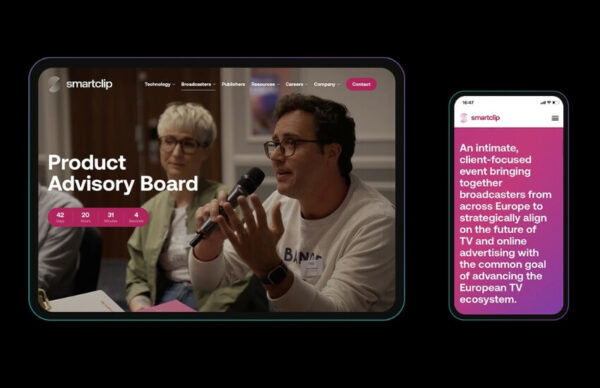
Designing the future
Smartclip’s website redesign is more than a visual update—it’s proof that B2B industries can thrive on creativity. By spotlighting real people and immersive design, smartclip underscores how innovative thinking can redefine entire sectors and forge deeper connections.

